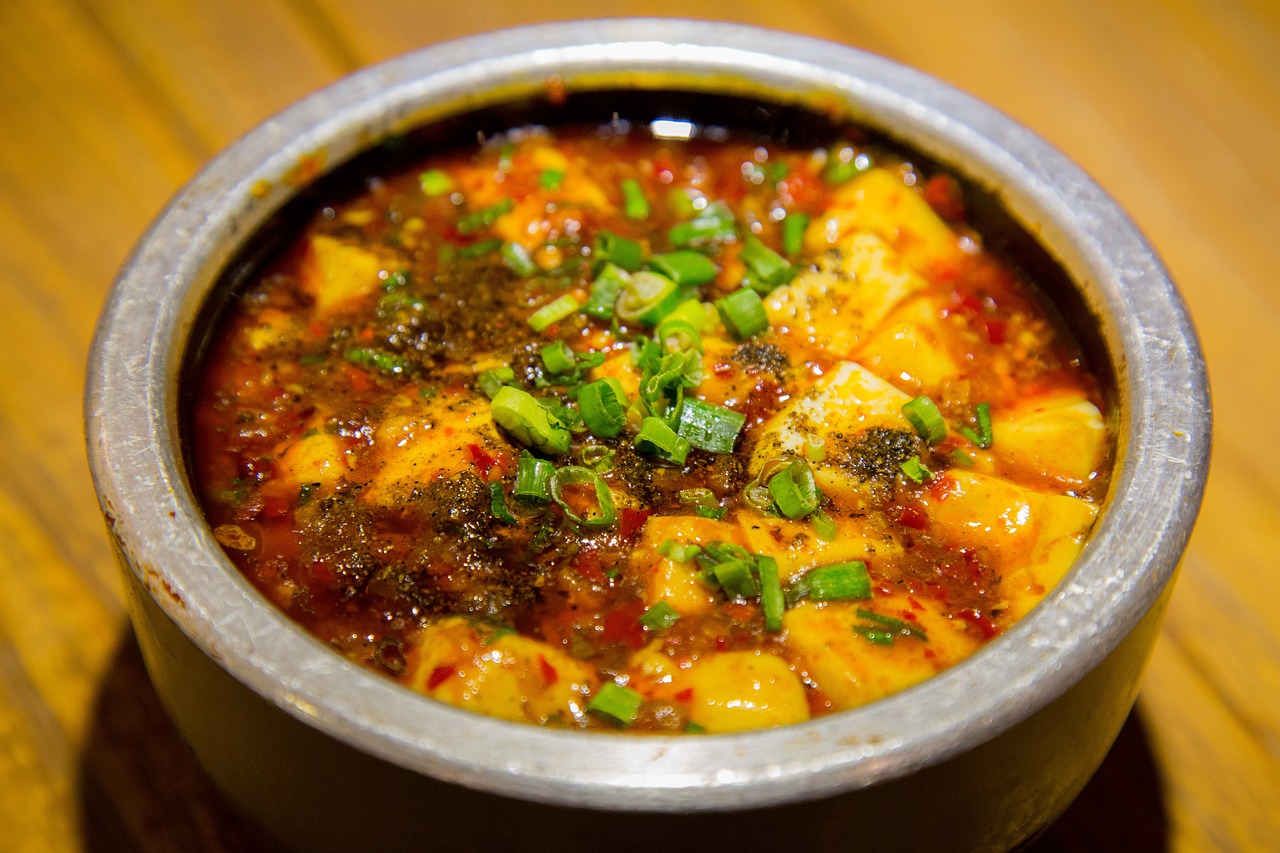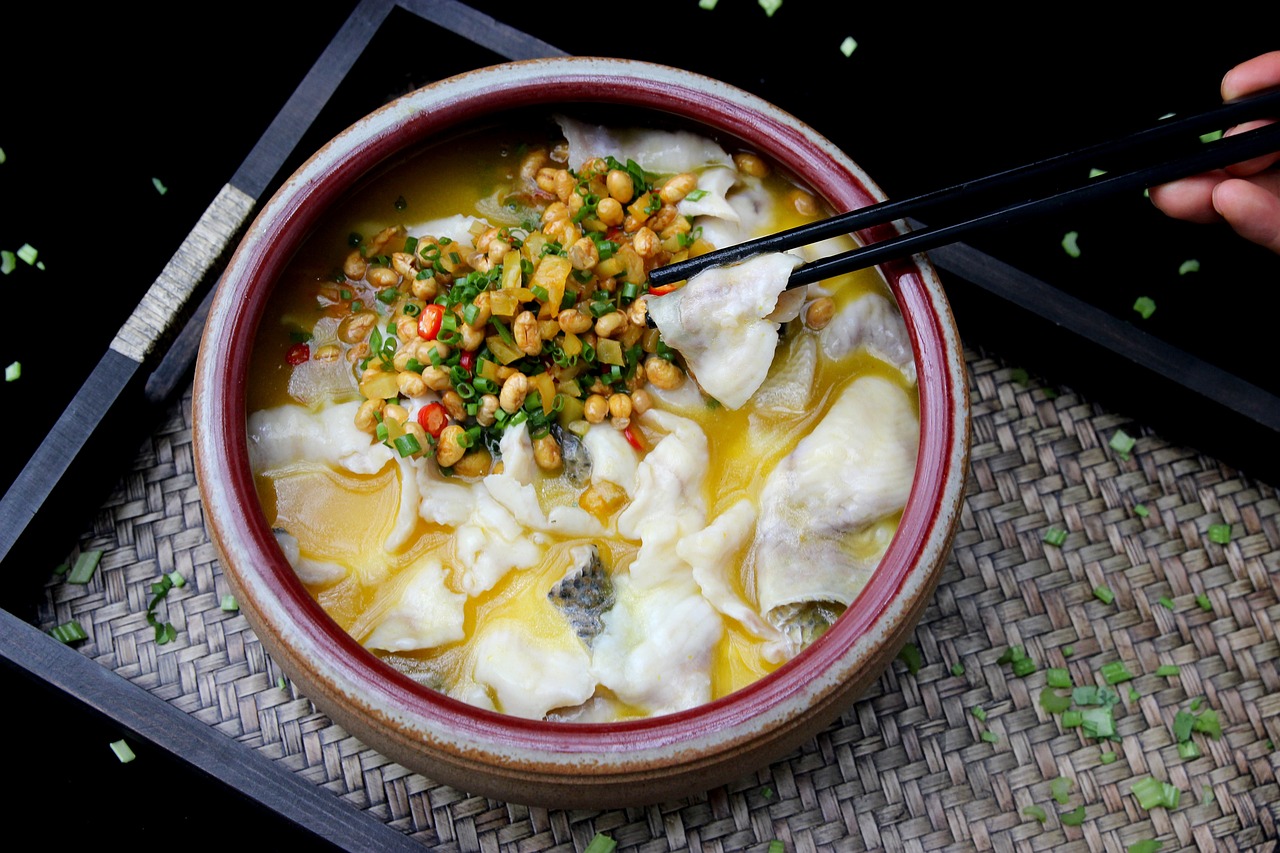The Ultimate Spicy Food Trip Across China
Embark on a mouth-tingling adventure through China’s spiciest culinary destinations, from Sichuan’s numbing-spicy flavors to Hunan’s pure heat and beyond.
Igniting Your Taste Buds: A Spicy Food Odyssey 🌶️🇨🇳
Welcome, heat seekers and culinary adventurers! Prepare yourselves for an unforgettable journey through China’s spiciest provinces. From the famous “mala” (numbing and spicy) flavors of Sichuan to the fiery dishes of Hunan, this trip will take you on a roller coaster of flavors that will challenge your palate and expand your culinary horizons. Let’s dive into the history, famous dishes, and must-visit restaurants that make up China’s spicy food landscape.
The Spicy History of Chinese Cuisine 📜
Contrary to popular belief, chili peppers are not native to China. They were introduced from the Americas in the 16th century through trade routes. However, Chinese cuisines quickly adopted this new ingredient, integrating it into traditional dishes and creating entirely new ones. Today, spicy food is an integral part of many regional Chinese cuisines, each with its unique approach to heat.
💡 Spice Trivia: The Sichuan peppercorn, which creates the famous “numbing” sensation in Sichuan cuisine, is actually not related to black pepper or chili peppers. It’s the dried berry of a type of ash tree!
Your Spicy Food Itinerary 🗺️
1. Chengdu, Sichuan Province: The Heart of Mala Flavor

Start your journey in Chengdu, the capital of Sichuan Province and a UNESCO City of Gastronomy. Sichuan cuisine is known for its bold use of garlic, chili oil, and the famous Sichuan peppercorn.
Must-Try Dishes:
- Mapo Tofu (麻婆豆腐): Soft tofu in a spicy, minced meat sauce
- Kung Pao Chicken (宫保鸡丁): Diced chicken with peanuts and vegetables in a spicy sauce
- Hot Pot (火锅): A communal dish where you cook various ingredients in a spicy broth
💡 First-Timer Tip: Start with milder dishes and work your way up. The combination of heat and the numbing effect of Sichuan peppercorns can be intense for newcomers.
2. Chongqing: The Birthplace of Hotpot
Next, head to Chongqing, often considered the world capital of hot pot. This city takes spicy food to another level.
Must-Try Dishes:
- Chongqing Hot Pot: Even spicier than its Sichuan counterpart
- Chongqing Xiaomian (重庆小面): Spicy noodles with various toppings
- La Zi Ji (辣子鸡): Spicy fried chicken with loads of dried chili peppers
3. Changsha, Hunan Province: Pure Heat

Hunan cuisine is known for its pure, intense heat without the numbing effect found in Sichuan food. Changsha, the capital of Hunan Province, is your next stop.
Must-Try Dishes:
- Mala Xiang Guo (麻辣香锅): Stir-fried spicy pot with various ingredients
- Duo Jiao Yu Tou (剁椒鱼头): Fish head with chopped chili peppers
💡 Spice Management Tip: Pair your spicy dishes with rice or mild vegetables to help balance the heat.
4. Guiyang, Guizhou Province: Sour and Spicy Paradise
Guizhou cuisine combines spiciness with sour flavors, creating a unique taste profile. Guiyang, the provincial capital, is your destination.
Must-Try Dishes:
- Sour Fish Soup (酸菜鱼): Tender fish fillets cooked in a tangy and spicy broth made with pickled mustard greens (suancai) and chili peppers
- Lao Gan Ma Noodles (老干妈拌面): Noodles with the famous Lao Gan Ma chili sauce
- Si Wa Wa (丝娃娃): Sticky rice cakes with various spicy toppings
5. Kunming, Yunnan Province: Diverse Spicy Flavors
Finish your spicy journey in Kunming, where Yunnan cuisine offers a diverse range of spicy dishes influenced by the province’s many ethnic minorities.
Must-Try Dishes:
- Guo Qiao Mi Xian (过桥米线): A bowl of hot, rich broth served with rice noodles and a variety of raw or lightly cooked ingredients like meats, vegetables, and herbs
- Er Kuai (饵块): Spicy fried rice cakes
- Dai-style Chicken (傣味鸡): Spicy chicken dish from the Dai ethnic group
Spice Survival Guide 🧯
- Build Your Tolerance: Start with milder dishes and gradually work your way up.
- Drink Wisely: Avoid cold water, which can intensify the burning sensation. Try sipping warm tea instead.
- Dairy is Your Friend: Yogurt drinks or milk can help neutralize the heat.
- Know Your Limits: It’s okay to ask for less spicy versions of dishes.
- Embrace the Sweat: Sweating is normal when eating spicy food. It’s part of the experience!
📝 Final Tips for Spicy Food Adventurers
- Learn Key Phrases 🗣️: “Bù là” (不辣) means “not spicy,” while “wēi là” (微辣) means “mildly spicy.”
- Timing is Everything 🕒: Many Chinese believe eating spicy food in hot weather helps you sweat and cool down.
- Respect Local Customs 🙏: In some places, finishing all your food is polite, while in others, leaving a bit shows you were satisfied.
- Stay Hydrated 💧: Spicy food can be dehydrating, so drink plenty of water throughout your trip.
Embarking on a spicy food journey across China is not just about testing your heat tolerance; it’s about experiencing the diverse flavors, rich history, and warm hospitality that each region has to offer. From the numbing-spicy sensations of Sichuan to the pure heat of Hunan and the sour-spicy notes of Guizhou, each destination offers a unique culinary adventure. So pack your bags, bring your appetite, and prepare for a fiery journey that will ignite your taste buds and leave you craving for more!
Happy (and spicy) travels! 🌶️🥢